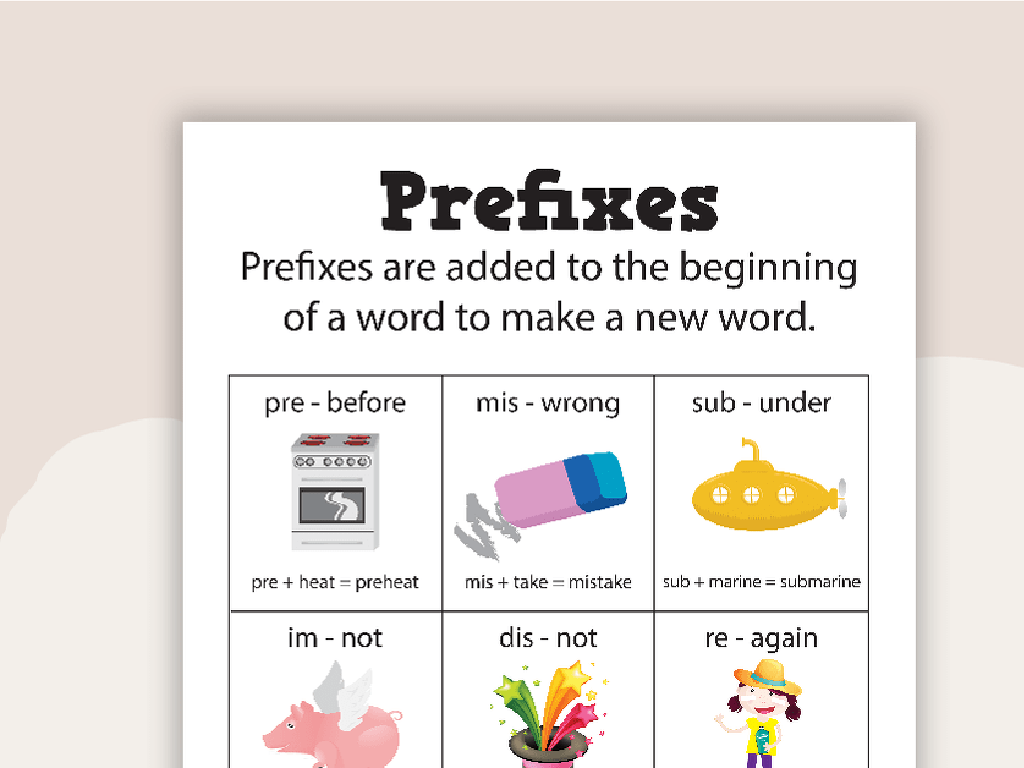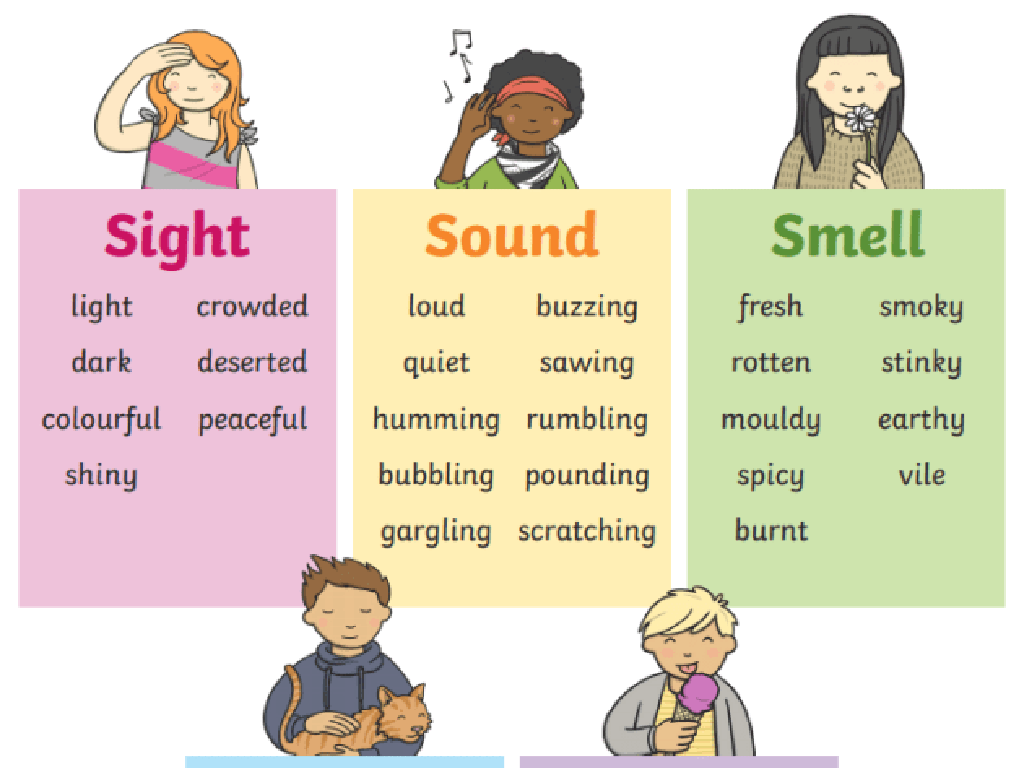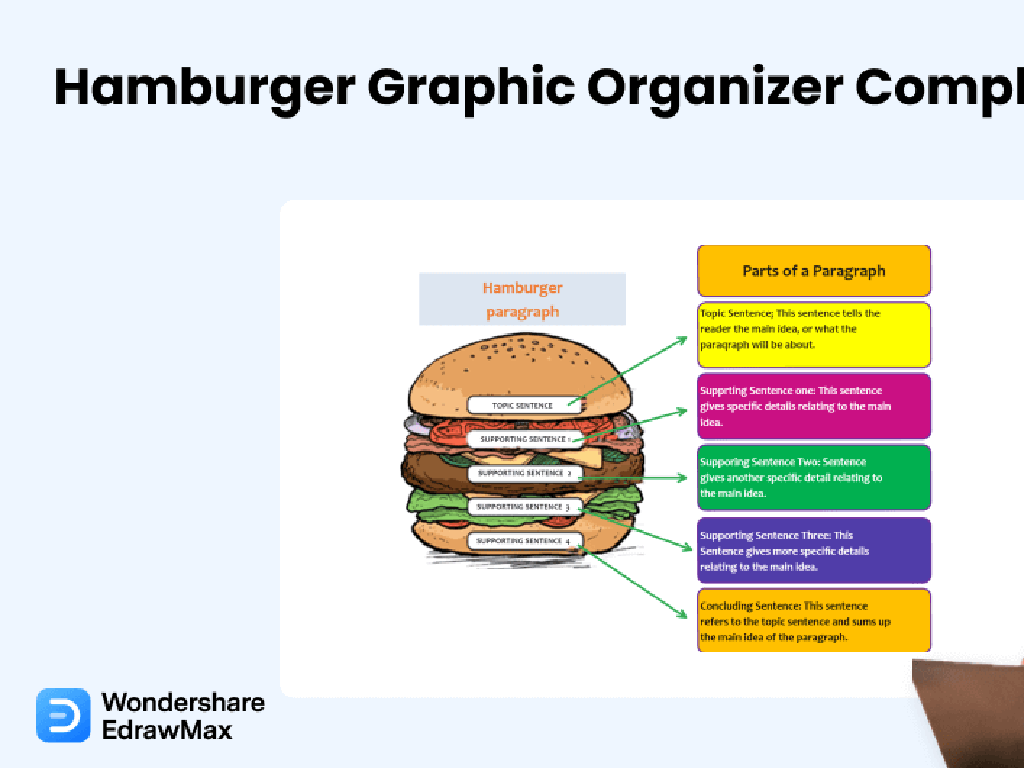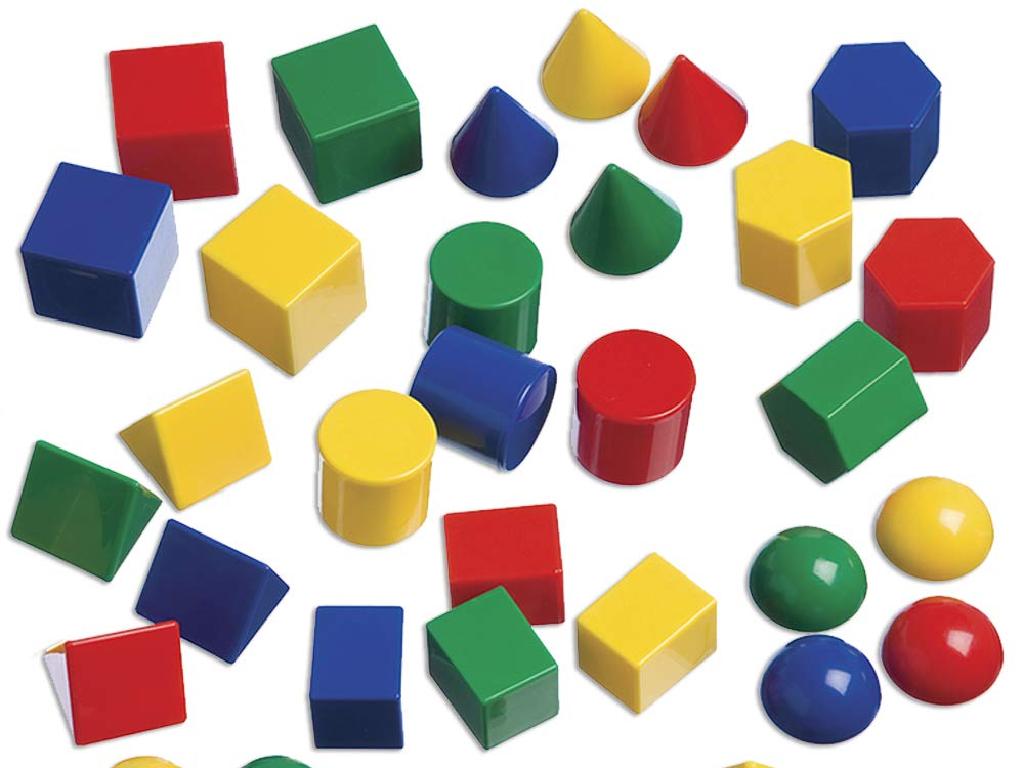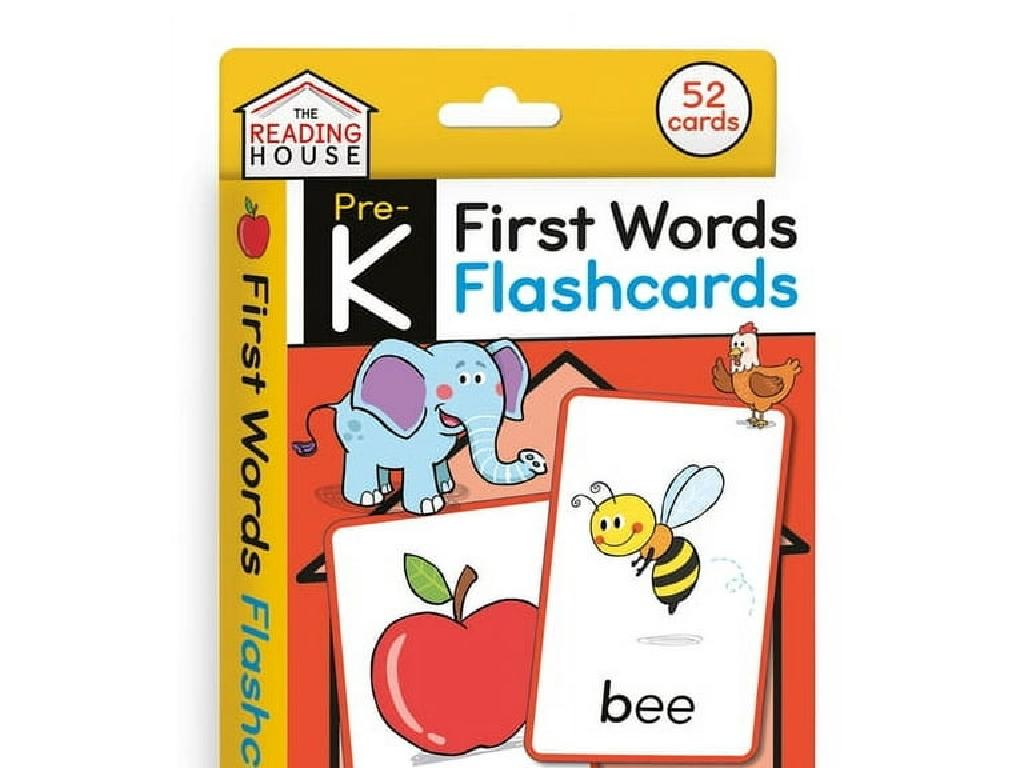What Is A Market?
Subject: Social studies
Grade: Seventh grade
Topic: Basic Economic Principles
Please LOG IN to download the presentation. Access is available to registered users only.
View More Content
Introduction to Markets
– Understanding economic principles
– Basic concepts like supply, demand, and value
– Defining a market
– A market is a place where buyers and sellers meet
– Exploring market types
– Examples: stock market, farmers markets, online markets
– Significance of markets in economy
|
This slide introduces students to the concept of markets within the framework of basic economic principles such as supply and demand. Begin by explaining the foundational concepts that govern economic transactions. Then, define a market as any structure that allows buyers and sellers to exchange goods, services, and information. Highlight different types of markets, including traditional physical markets like farmers markets, modern stock markets, and digital marketplaces. Emphasize the role markets play in the economy, affecting prices, availability of goods, and consumer choices. Encourage students to think of markets they have experienced, like local grocery stores or online shopping platforms.
The Role of a Market in the Economy
– Markets: Meeting points for buyers and sellers
– Like a town square where people buy and sell items
– Facilitate the exchange of goods and services
– They make it easier to find products and trade
– Governed by supply and demand
– Prices are determined by how much is available (supply) and how much people want it (demand)
– Essential for economic health
|
This slide aims to introduce students to the concept of a market within the economy. A market is essentially a platform where buyers and sellers come together, which can be physical like a local farmer’s market or virtual like an online marketplace. It’s crucial for the exchange of goods and services, allowing people to obtain what they need or want. The interaction between supply (how much of something is available) and demand (how much people want something) helps determine prices and the flow of goods in the economy. Understanding markets is fundamental to grasping how economies function and maintain balance. Encourage students to think of examples of markets they’re familiar with and how they operate.
Exploring Market Types
– Physical Markets: Local examples
– e.g., farmers markets, flea markets
– Online Markets: Digital storefronts
– e.g., Amazon, eBay, for goods and services
– Financial Markets: Trading hubs
– e.g., NYSE for stocks, bonds, securities
– Diverse markets serve different needs
|
This slide aims to introduce students to the various types of markets that exist within an economy. Physical markets are places you can visit, like a local farmers market or a flea market, where goods are exchanged in person. Online markets are digital platforms where people buy and sell goods and services, such as Amazon or eBay. Financial markets, like the New York Stock Exchange, are where securities, stocks, and bonds are traded. It’s important for students to understand that each market type serves different needs and operates in its own unique way. Encourage students to think of examples of each type of market they may have encountered in their lives.
Market Participants: Roles and Interactions
– Identifying buyers in markets
– Buyers are individuals or groups purchasing goods or services.
– Understanding sellers’ roles
– Sellers provide products or services in exchange for money.
– Government’s role in markets
– Government regulates, taxes, and sometimes participates in markets.
– Interplay between participants
|
This slide aims to introduce students to the key participants in a market: buyers, sellers, and the government. Buyers are the consumers who need or want goods and services. Sellers are businesses or individuals offering goods or services to meet the needs of buyers. The government plays a multifaceted role by setting regulations to ensure fair play, collecting taxes, and sometimes directly participating in the market as a buyer or seller. Understanding the dynamics between these participants helps students grasp the basic functioning of markets. Encourage students to think of examples of each participant and discuss how they interact with one another in everyday transactions, such as buying food or clothing.
How Prices are Determined in Markets
– Supply and demand interaction
– When supply equals demand, prices stabilize
– Equilibrium price concept
– The price at which quantity supplied equals quantity demanded
– Factors affecting market prices
– Things like trends, scarcity, and consumer preference can change prices
|
This slide aims to explain the fundamental economic principle of how market prices are determined. Begin by discussing the relationship between supply and demand, emphasizing that prices fluctuate based on how much of a product is available (supply) and how much people want it (demand). Introduce the concept of equilibrium price, where the market price at which the quantity of goods supplied is equal to the quantity of goods demanded. Highlight various factors that can influence market prices, such as seasonal trends, the scarcity of resources, and changes in consumer preferences. Use real-world examples to illustrate these concepts, such as the price changes in seasonal fruits or the latest technology gadgets. Encourage students to think of examples from their experiences.
Market Competition: Understanding Dynamics
– Definition of market competition
– Competition occurs when businesses vie for customers.
– Impact on buyers and sellers
– Can lead to better prices and quality.
– Monopoly versus perfect competition
– Monopoly: One seller dominates. Perfect competition: Many sellers, identical products.
– Competition’s role in markets
|
This slide introduces the concept of market competition, which is a fundamental economic principle where businesses compete for the same group of customers. Competition can influence the price, quality, and availability of products. Students should understand how this affects them as buyers, with better prices and quality due to businesses striving to outdo each other. Contrast monopoly, where a single company controls the market, with perfect competition, where many businesses sell identical products, leading to consumer benefit. Discuss how competition drives innovation and efficiency in markets. Use real-life examples to illustrate these concepts, such as comparing a local utility provider (potential monopoly) to a popular food market with many vendors (more perfect competition).
Class Activity: Market Simulation
– Divide class into buyers & sellers
– Distribute ‘currency’ to each group
– Engage in buying and selling simulation
– Use classroom items as goods, negotiate prices, and make trades.
– Reflect on the market experience
– Discuss what felt like a real market and what was different.
|
This activity is designed to give students a hands-on understanding of how a market operates. By dividing the class into buyers and sellers, students will engage in the fundamental economic activity of trading. Provide each group with a set of classroom items to act as goods and a form of ‘currency’ to facilitate transactions. Encourage them to negotiate and make deals as they would in a real market. After the simulation, lead a discussion on their experiences, what strategies worked, what challenges they faced, and how this simulation reflects real-world markets. Possible variations of the activity could include introducing concepts of supply and demand, price setting, or the role of competition in markets.
Market Wrap-up and Discussion
– Recap: What is a market?
– A market is a place where buyers and sellers meet to exchange goods and services.
– Markets’ role in the economy
– Markets allow for the trade that fuels economic activity and growth.
– Open floor for questions
– Homework assignment
– Write about your experience in the market simulation, focusing on what you learned.
|
As we conclude our lesson on markets, let’s revisit the key concept: a market is where buyers and sellers come together for the exchange of goods and services. It’s a cornerstone of economic systems, facilitating trade and impacting the economy’s health. Now, it’s time to open the floor for any lingering questions or discussions, allowing students to clarify their understanding. For homework, students will reflect on the market simulation activity by writing a paragraph about their experience, which will help reinforce their learning and provide insight into their grasp of market dynamics.

